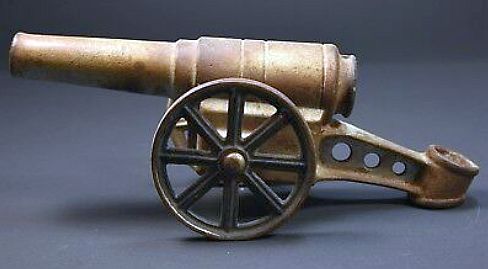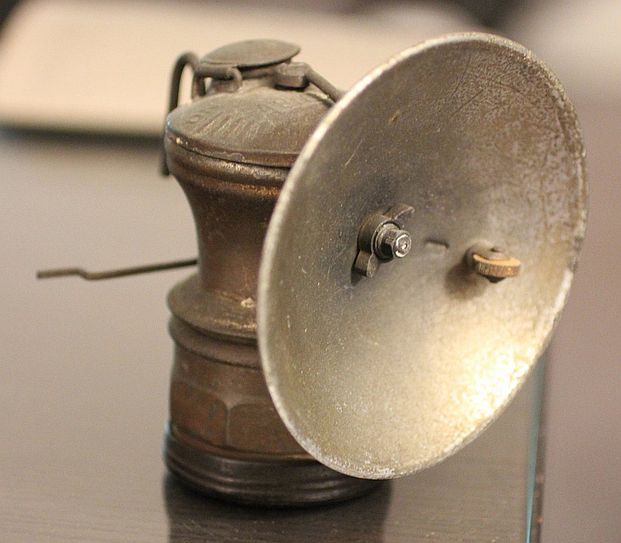 When I was a kid, a friend showed me what he called an acetylene cannon. Many know it as a carbide cannon. What made it work? It’s all a matter of chemistry.
When I was a kid, a friend showed me what he called an acetylene cannon. Many know it as a carbide cannon. What made it work? It’s all a matter of chemistry.
Which Carbide?
A carbide is a compound in which carbon is bonded to a more electropositive element. Silicon carbide (SiC) and tungsten carbide (WC) are two well-known examples. What carbide do carbide cannons use?
Calcium Carbide
The answer is calcium carbide. Lime and coke are placed in an electric furnace. The chemical reaction is:
CaO + 3 C → CaC2 + CO2↑
What makes calcium oxide so interesting is its bonding. The valence of calcium is +2. Ordinarily, carbon is assigned a valence of 4. Something’s strange here…
The puzzle is solved if we write the structure of calcium carbide
Ca+2[C≡C]-2
How so? Well, react calcium carbide with water and you get calcium hydroxide plus acetylene gas…
CaC2 + 2 H2O → Ca(OH)2 + HC≡CH↑
The Explosion Reaction

How is a carbide cannon an acetylene cannon? Acetylene is the fuel of the explosion. The explosive reaction is written
2 HC≡CH + 5 O2 + spark → 4 CO2 + 2 H2O
Carbide Miner’s Lamp
The chemistry behind a miner’s carbide lamp is the same as that behind the carbide cannon. However, for the lamp, we desire to avoid explosion. This is achieved by adding water to the carbide gradually.
Enjoy the following 5-1/2 minute video that demonstrates the restoration and function of a carbide miner’s lamp.
Bicycle and Motorcycle Lamps
As might be supposed, lamps are not the sole property of the miner. Acetylene lighting was put to use also in bicycles and motor bikes. Include also automobiles and, yes, even lighthouses!
In Conclusion

Although most people delight in so-called cutting-edge technology, there remains a place in our hearts for the simple, old-fashioned tools and entertainments of the past.
Note: You might also enjoy Spontaneous Human Combustion is Real
References:

That was a great video. I hadn’t realised acetylene lamps worked like that. A man my own age used to tell stories of what he got up to as a boy and one of them was sending an acetylene lamp floating down a sewer! Don’t try this at home folks!
I wonder if there was enough methane gas, from sewage decomposition, to present a problem — or something…